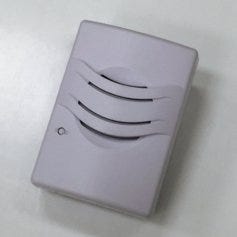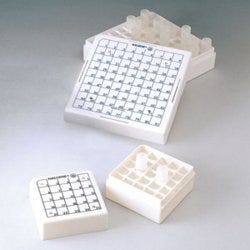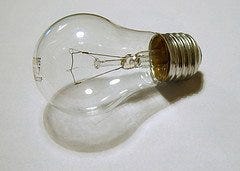
- +1 (714) 578-6100
Hours Mon - Fri, 07:00 AM - 06:00 PM (Pacific Time)
You install a pass-through chamber to reduce cross-contamination between classified and unclassified areas, but what if your pass-through could do more? Terra Universal’s double-wall Smart Pass-ThroughTM is the first to offer unique, state-of-the-art service alerts and condition-monitoring technology. This translates into time and cost savings, plus increased efficiency. Keep reading to find out more about the ways that the Smart Pass-Through guarantees the cleanliness you’re paying for.
 The door status alert chimes are specifically designed to ensure compliance with cleanroom protocol. These notifications indicate when
The door status alert chimes are specifically designed to ensure compliance with cleanroom protocol. These notifications indicate when
The cryoprotectant your lab selects for long-term storage of both eukaryotic and bacterial cell storage can have profound implications for future experimental results. Cryoprotectants, literally “to protect cells and tissue from damage due to freezing,” can be man-made, or generated in nature. For example, some species of plants and animals produce substances with anti-freeze properties to help them survive cold environments. The sugar trehalose is one such compound, and is being tested as a cryoprotectant option for lab use.

Vial boxes for cryogenic storage
These cellular guardians are generally formulated with other substances
Desiccators are a safe means of storage for highly-sensitive samples or materials. A continuous purge of nitrogen or other process gas creates the positive pressure environment that’s conducive to a contamination- and humidity-free desiccator. But, what if a purging system allowed your desiccator to do more than just store parts? What if it also automatically reduced nitrogen costs and prevented overpressure? Terra’s Dual Purge system does exactly that—and when it’s paired with the NitroWatch humidity control system, the relative humidity percent set-point is automatically monitored and maintained. Keep reading to find out how this dynamic duo has changed the way we use desiccators.
Why might my purging system be out of date?
Many purging systems use a high volume of nitrogen (or other process gases) in order to avoid build-up of moisture inside the desiccator, as well as infiltration
Light-emitting diodes, more commonly referred to as LEDs, are semiconductors that emit light when an electrical current is applied to the component. Even though LEDs have been around since the early ‘60s, it is only in recent years that white LED bulbs have become more commonly used as a substitute for other industrial and household lighting systems. Their rising popularity is due, in part, to the positive impact they have on energy-efficiency. Find out how LED lights are saving the planet, one lumen at a time.
Efficacy
In the United States, EISA (Energy Independence and  Security Act of 2007) banned the production of incandescent bulbs in order to move towards a more
Security Act of 2007) banned the production of incandescent bulbs in order to move towards a more
Incubators have traditionally been a mainstay for most biological and life science laboratories, to grow or sustain biological cultures, reproduce germ colonies or breed/grow insects. The most basic incubators allow researchers to recreate strict temperature conditions for optimal growth, development and/or maintenance of finicky cells. Temperature homogeneity is also critical, as fluctuations in the living environment can be deadly.
As the fields of biotechnology and biopharmaceuticals have expanded, the demand for higher-precision incubators has increased. In addition, regulatory requirements regarding good-laboratory and -manufacturing practices (GLP and GMP) have been refined and intensified. Among other things, this has resulted in the advent of increased sophistication for cell culture control and monitoring. Additional instrument features means additional cost, leaving many lab managers wondering if all the bells and whistles are really necessary for their
Biological safety Levels (BSLs) are prescribed by the CDC (Centers for Disease Control and Prevention) to inhibit contamination of a work environment and ensure worker safety by outlining operating procedures and atmospheric controls. If you’ve read the BSL guidance document, you may have found the infection-rate distinctions and cabinet classes hard to conceptualize. Here, we summarize section IV of the Biosafety in Microbiological and Biomedical Laboratories, 5th Edition.
There are four levels of infectious-agent exposure, each designated to abide by a specific set of control designs and protocol. To determine the safety control level, laboratories must consider several factors, including disease transmission and severity, infection potential, microbe or agent origin, and type of work. See “Biosafety Levels” below for a description of each level.
How do BSLs differ from standardized
